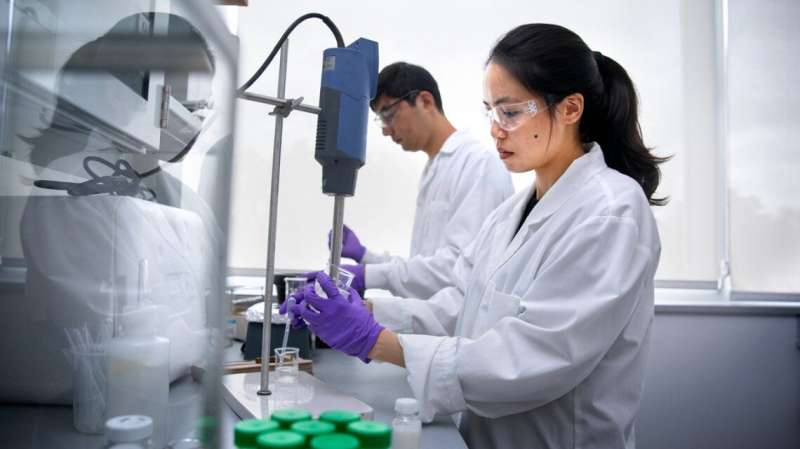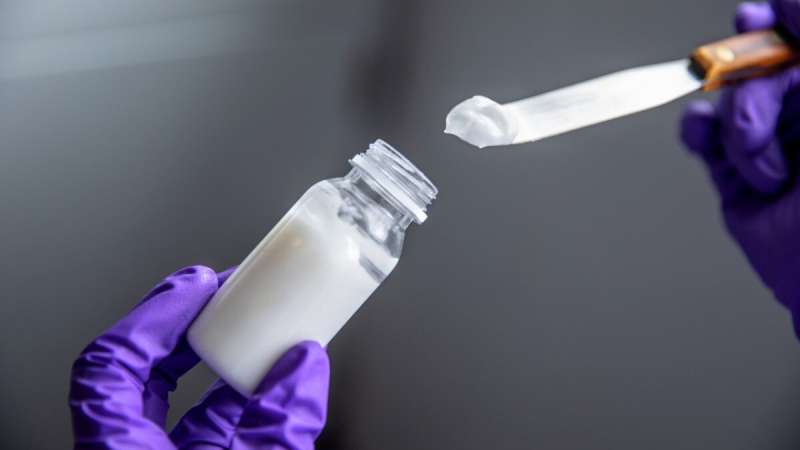You butter believe it: Low-calorie spread made mostly of water

Cornell University food scientists have created a new low-calorie 'butter' spread that consists mostly of water. A tablespoon of this low-calorie spread has 2.8 grams of fat and 25.2 calories. Butter, on the other hand, which is 84% fat and about 16% water, has about 11 grams of fat and nearly 100 calories.
They figured out a new process to emulsify a large amount of water with miniscule drops of vegetable oil and milk fat to mimic butter, at approximately one-fourth the calories of real butter and without artificial stabilizers.
"Imagine 80% water in 20% oil and we create something with the consistency of butter, with the mouth feel of butter and creaminess of butter," said food science professor and senior author Alireza Abbaspourrad.
Emulsifying water and oil is nothing new, said Abbaspourrad, but by using high-internal phase emulsions (HIPE), "we keep adding water to that oil until the final composition is 80% water and 20% oil."
The demand for low-fat, high-protein products has rapidly increased due to consumers' growing health awareness, said lead author Michelle C. Lee, a doctoral candidate in Abbaspourrad's research group.
"Since the HIPE technology features high water-to-oil ratios—while simultaneously delivering unique texture and functionality—it can play a role in providing healthier solutions for consumers," Lee said.

Abbaspourrad said food chemists can adjust for taste, preferences and health.
"We can add milk protein or plant-based protein, and since the water acts like a carrier, we can adjust for nutrition and load it with vitamins or add flavors," he said. "Essentially, we can create something that makes it feel like butter—and instead of seeing a lot of saturated fat, this has minute amounts. It's a completely different formulation."
More information: Michelle C. Lee et al, Ultrastable Water-in-Oil High Internal Phase Emulsions Featuring Interfacial and Biphasic Network Stabilization, ACS Applied Materials & Interfaces (2019). DOI: 10.1021/acsami.9b05089
Journal information: ACS Applied Materials and Interfaces
Provided by Cornell University





















